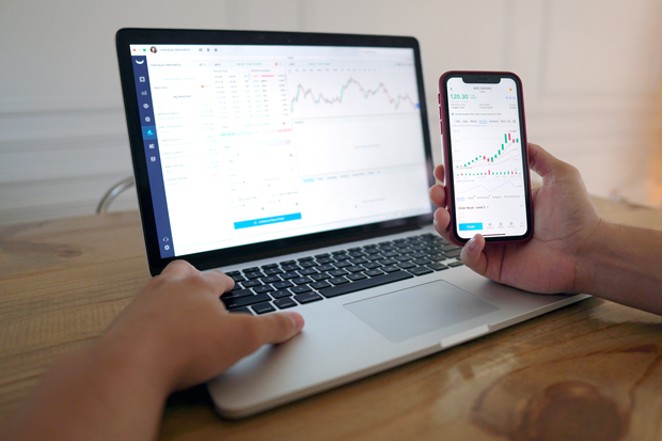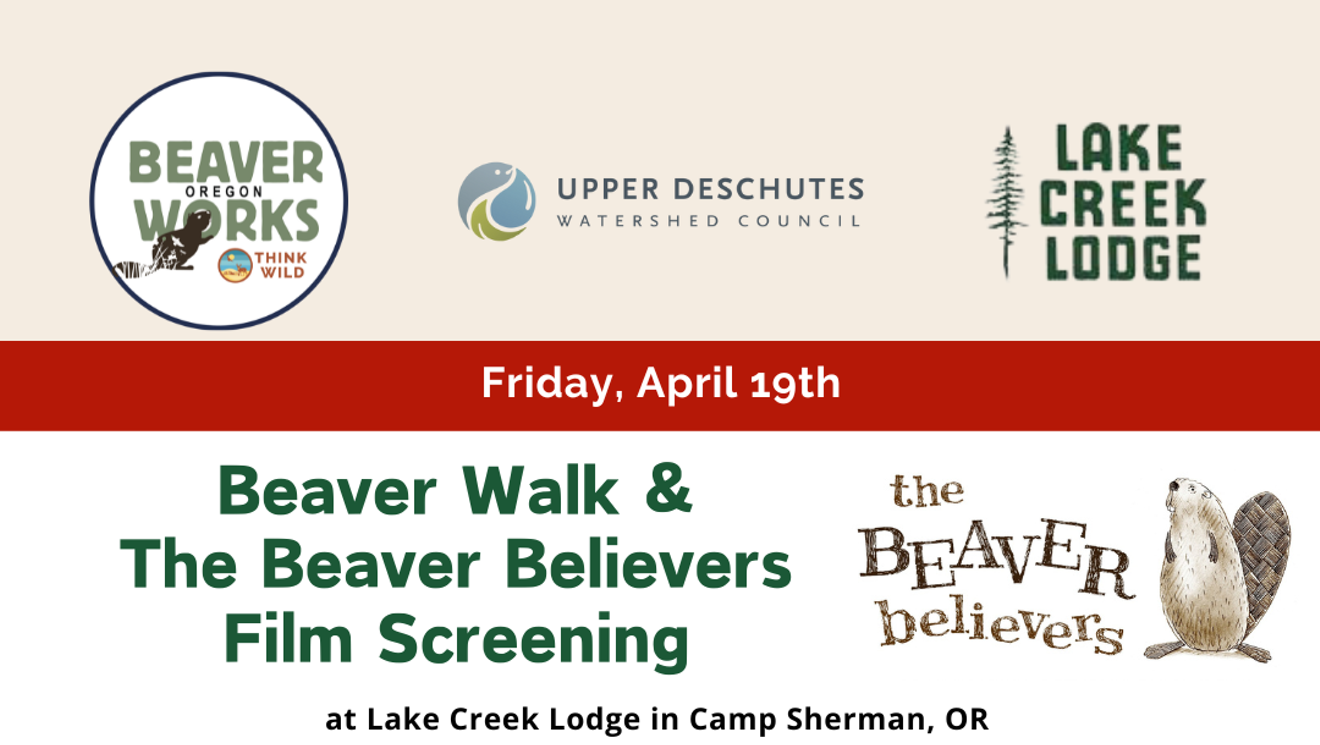Most people want to live their values—affecting where people spend their money and, increasingly, where they invest it. Certified Financial Planner Jack Schniepp founded Cascade Financial Strategies in Bend's Old Mill District, and he's a member of the United States Sustainable Investment Forum. He spoke with the Source about how average people can think about socially responsible investing, even during these difficult financial times.

The following interview was edited for clarity and length.
Source Weekly: What is socially responsible investing?
Jack Schniepp: Socially responsible investing, just the history of it, is really just any form of putting pressure on businesses to do business in a responsible manner. The first socially responsible investors might have been the Quakers not doing business with businesses that were involved in the slave trade. And then it gained steam during the apartheid years in South Africa. A lot of investment companies started pulling out and not having shares of companies that were doing business with South Africa. It's really finding investments that promote your values as an investor or that don't go against your values.
SW: Discuss the acronym the industry uses for the work.
JS: The acronym is ESG, and it stands for environmental, social and governance. They're the criteria that are used when evaluating a company or an investment to determine if it's socially responsible. If you have a socially responsible investment mutual fund, when they are looking at a company, they're going to look at profits and returns and price per earnings and all the normal criteria to evaluate an investment. But they're going to add three more: the ESG. And they're going to look at where you stand with environmental issues. And then they're going to look at the social aspect, like what your supply chain looks like. And then governance would be corporate ethics, for example.
SW: What does SRI look like for median Bend households that make about $50,000-$65,000 a year?
JS: Hopefully, most of those people have gotten to a point where they have some savings. They have a retirement plan at their work or just a Roth IRA or a traditional IRA on their own. Typically, smaller investors are going to use mutual plans, and mutual funds are great. They provide diversification. They provide professional management. This investor can choose a mutual fund company that, as part of what they do and who they are, promote socially responsible investing.
So, if you were to purchase a large growth mutual fund, instead of just buying the S&P 500 index, you might choose a Calvert fund, which is one of the best known socially responsible mutual fund companies. When you buy a Calvert large blend, Calvert does the job evaluating the company for you so that you don't own a company that compromises what you believe in. Or they find companies that are actually promoting the things that you value, like clean energy or whatever your cause is.
“The first socially responsible investors might have been the Quakers not doing business with businesses that were involved in the slave trade. And then it gained steam during the apartheid years in South Africa.”— Jack Schniepp
tweet this
SW: What does SRI look like for people who may predominantly save money through tools like 401Ks, Roth IRAs and IRAs?
JS: If it's their own IRA or Roth IRA, most of the time they have all the investment options out there. So, they can find the SRI funds that they want. If it's an employer plan, the employer usually choses one company to be the administrator to provide the investment choices—so you might have a Fidelity or a Vanguard or something like that. Put pressure on or at least bring up with the human resources department that as an employee you want ESG investment options in your plan. Enough investors now have put on pressure that you're going to find the Fidelitys of the world, the Vanguards of the world offering ESG options. It's a little harder with 401K. You might not be able to be 100% in ESG, but you can get a lot closer now than you could five years ago. In fact, the latest reports are showing that nearly $1 in every $5 in U.S. investments have been invested according to some sort of ESG criteria.
SW: Ideally but realistically, how much should people save for long-term retirement—specifically households around Bend's median income of about $50,000-$65,000 a year?
JS: That's a really tough question. We have financial planning software that we plug in, you know, how much you're saving now and how many years until retirement. What your life expectancy is and Social Security. Future inheritance. There are so many different variables that you can't just tell somebody all you need is $1,000,000 by age 50. I would say that on average, depending on your income, if you can put 10% of your savings into a retirement plan, you're probably doing great. And if a person has an employer-sponsored plan with a match, doing the amount up to the match would be the minimum I'd recommend.

SW: Due to COVID-19, a lot of folks are experiencing reduced and lost wages. In what priority should people place savings tools?
JS: If you are still able to put some into a retirement account, but you're nervous that your pay is decreased or your job might not be around next month, a Roth IRA or even the Roth 401K, which a lot of companies now allow, gives you some access to funds. An individual can put money into a Roth IRA and because you don't get a tax break for the initial contribution—all the tax benefits are later on—the IRS [Internal Revenue Service] allows you to withdraw what you put in without penalty. You can't take the growth, but if I put $1,000 into a Roth today, six months from now I can pull the $1,000 out, and there's not going to be a penalty. So that's a way you're still investing for retirement longer term, but you do have access.
SW: What would be your advice for a median-income person in Bend who would like to work with a financial advisor? What sort of qualifications and certifications should they have?
JS: I have the CFP, Certified Financial Planner, designation, and it's still considered the highest designation for financial planning. I think that should be the minimum a person looks for in an advisor, and it's a lot more common now. And then I think it's extremely valuable to be with a fee-only advisor, which means they're only paid an annual fee for their services, for their management and for their financial planning. So, they don't get paid on one product more than another product. Both the CFP and fee-only designations automatically put the advisor in the position as fiduciary. (Editor's note: a "fiduciary" must act in the client's or investor's best interest.)
And then I'll mention one more: In the SRI world, there's only one organization that an advisor can belong to, and that is the United States Sustainable Investment Forum, or the U.S. SIF.






















